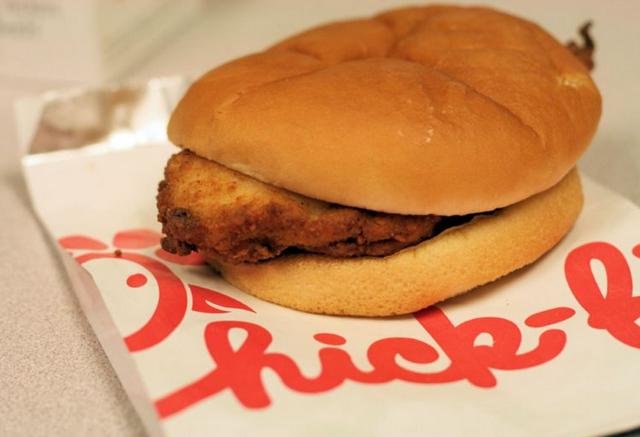

“We were kind of floored,” said Keeve E. Nachman, a co-author of both studies and a scientist at the Johns Hopkins University Center for a Livable Future. “It’s unbelievable what we found.”
He said that the researchers had intended to test only for antibiotics. But assays for other chemicals and pharmaceuticals didn’t cost extra, so researchers asked for those results as well.
“We haven’t found anything that is an immediate health concern,” Nachman added. “But it makes me question how comfortable we are feeding a number of these things to animals that we’re eating. It bewilders me.”
Likewise, I grew up on a farm, and thought I knew what to expect in my food. But Benadryl? Arsenic? These studies don’t mean that you should dump the contents of your refrigerator, but they do raise serious questions about the food we eat and how we should shop.
It turns out that arsenic has routinely been fed to poultry (and sometimes hogs) because it reduces infections and makes flesh an appetizing shade of pink. There’s no evidence that such low levels of arsenic harm either chickens or the people eating them, but still... [Emphasis - ED]
Big Ag doesn’t advertise the chemicals it stuffs into animals, so the scientists conducting these studies figured out a clever way to detect them. Bird feathers, like human fingernails, accumulate chemicals and drugs that an animal is exposed to. So scientists from Johns Hopkins University and Arizona State University examined feather meal — a poultry byproduct made of feathers.
One study, just published in a peer-reviewed scientific journal, Environmental Science & Technology, found that feather meal routinely contained a banned class of antibiotics called fluoroquinolones. These antibiotics (such as Cipro), are illegal in poultry production because they can breed antibiotic-resistant “superbugs” that harm humans. Already, antibiotic-resistant infections kill more Americans annually than AIDS, according to the Infectious Diseases Society of America.
The same study also found that one-third of feather-meal samples contained an antihistamine that is the active ingredient of Benadryl. The great majority of feather meal contained acetaminophen, the active ingredient in Tylenol. And feather-meal samples from China contained an antidepressant that is the active ingredient in Prozac.
Poultry-growing literature has recommended Benadryl to reduce anxiety among chickens, apparently because stressed chickens have tougher meat and grow more slowly. Tylenol and Prozac presumably serve the same purpose.
Researchers found that most feather-meal samples contained caffeine. It turns out that chickens are sometimes fed coffee pulp and green tea powder to keep them awake so that they can spend more time eating. (Is that why they need the Benadryl, to calm them down?)
The other peer-reviewed study, reported in a journal called Science of the Total Environment, found arsenic in every sample of feather meal tested. Almost 9 in 10 broiler chickens in the United States had been fed arsenic, according to a 2011 industry estimate.
These findings will surprise some poultry farmers because even they often don’t know what chemicals they feed their birds. Huge food companies require farmers to use a proprietary food mix, and the farmer typically doesn’t know exactly what is in it. I asked the United States Poultry and Egg Association for comment, but it said that it had not seen the studies and had nothing more to say.
What does all this mean for consumers? The study looked only at feathers, not meat, so we don’t know exactly what chemicals reach the plate, or at what levels. The uncertainties are enormous, but I asked Nachman about the food he buys for his own family. “I’ve been studying food-animal production for some time, and the more I study, the more I’m drawn to organic,” he said. “We buy organic.”
I’m the same. I used to be skeptical of organic, but the more reporting I do on our food supply, the more I want my own family eating organic — just to be safe.
To me, this underscores the pitfalls of industrial farming. When I was growing up on our hopelessly inefficient family farm, we didn’t routinely drug animals. If our chickens grew anxious, the reason was perhaps a fox — and we never tried to resolve the problem with Benadryl.
My take is that the business model of industrial agriculture has some stunning accomplishments, such as producing cheap food that saves us money at the grocery store. But we all may pay more in medical costs because of antibiotic-resistant infections.
Frankly, after reading these studies, I’m so depressed about what has happened to farming that I wonder: Could a Prozac-laced chicken nugget help?

